Reading Improvement Alphabet Worksheets for Ages 5-6
8 filtered results
-
From - To
Introducing our Reading Improvement Alphabet Worksheets for Ages 5-6, designed to enhance young learners' reading skills in a fun and engaging way. These printable worksheets help kids recognize, write, and pronounce each letter of the alphabet while developing their vocabulary and phonics understanding. Engaging activities like tracing, matching, and word association keep children motivated and excited about learning. Perfect for both classroom and home use, our worksheets provide a solid foundation for early reading success, ensuring kids build the confidence and skills they need to become proficient readers. Download today and watch your child's reading abilities soar!
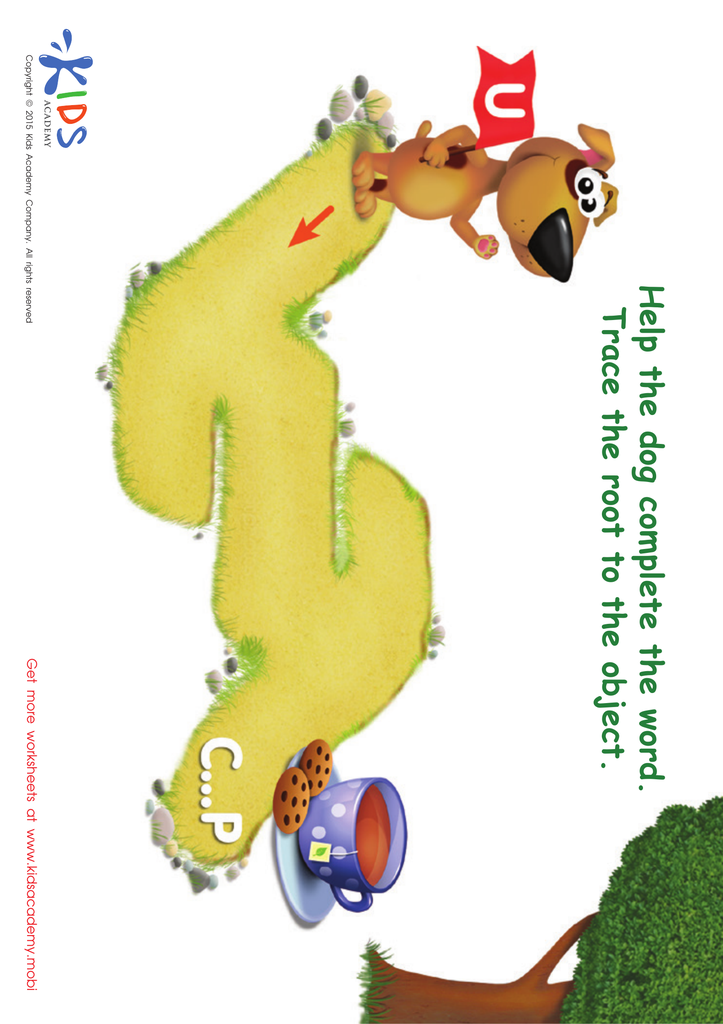

Short Vowel Sound U Worksheet Worksheet
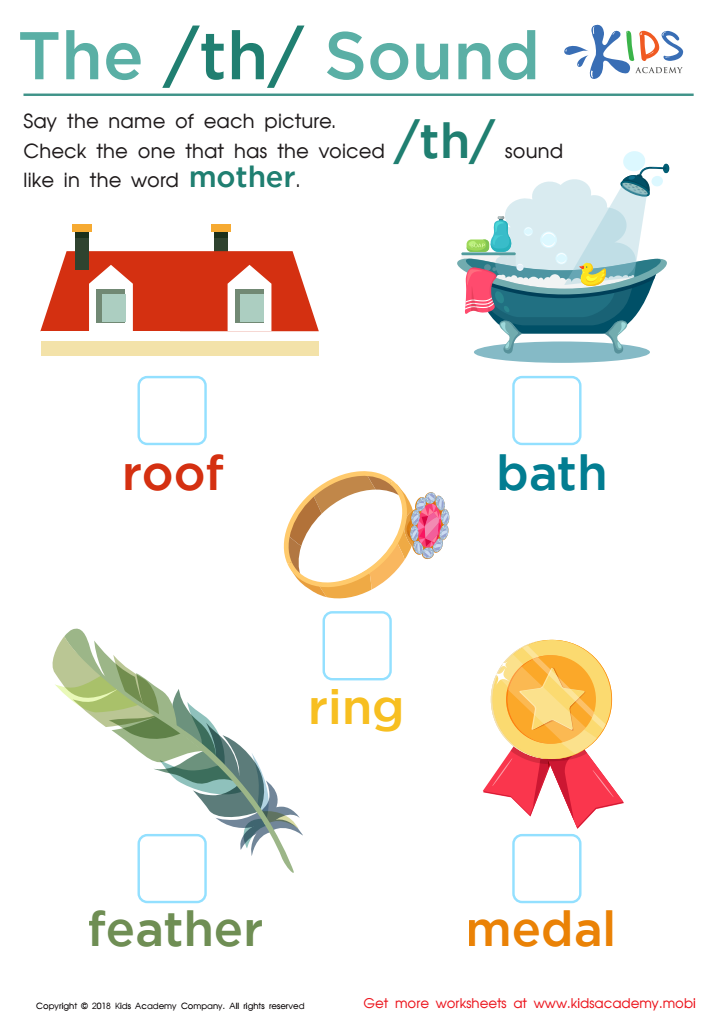

The /th/ Sound Worksheet
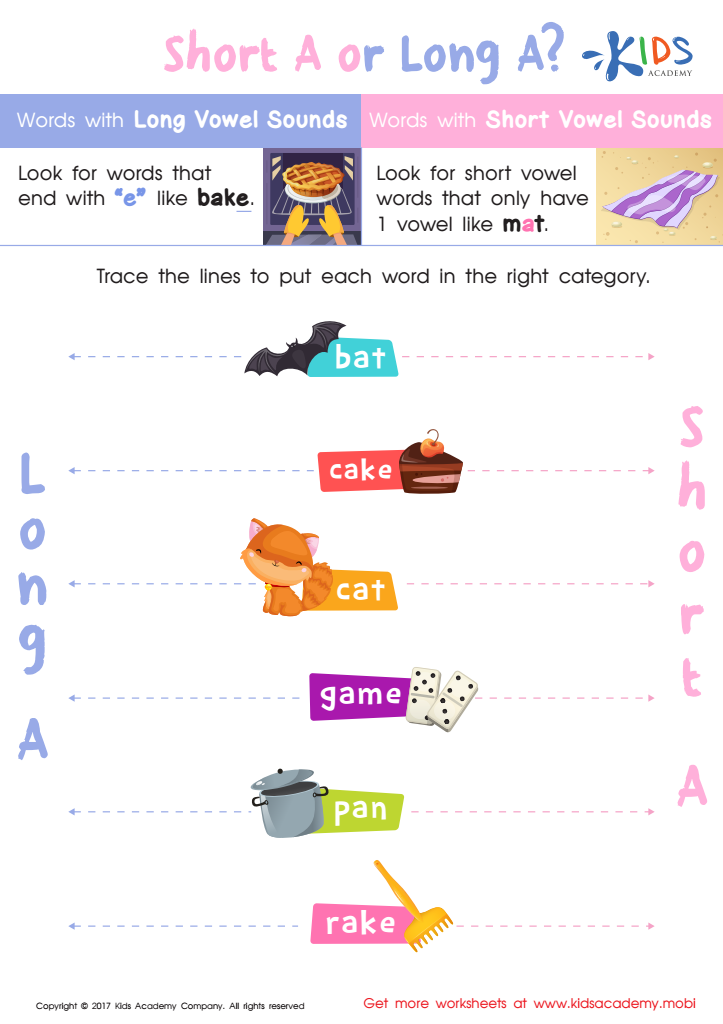

Short /a/ or Long /a/? Worksheet
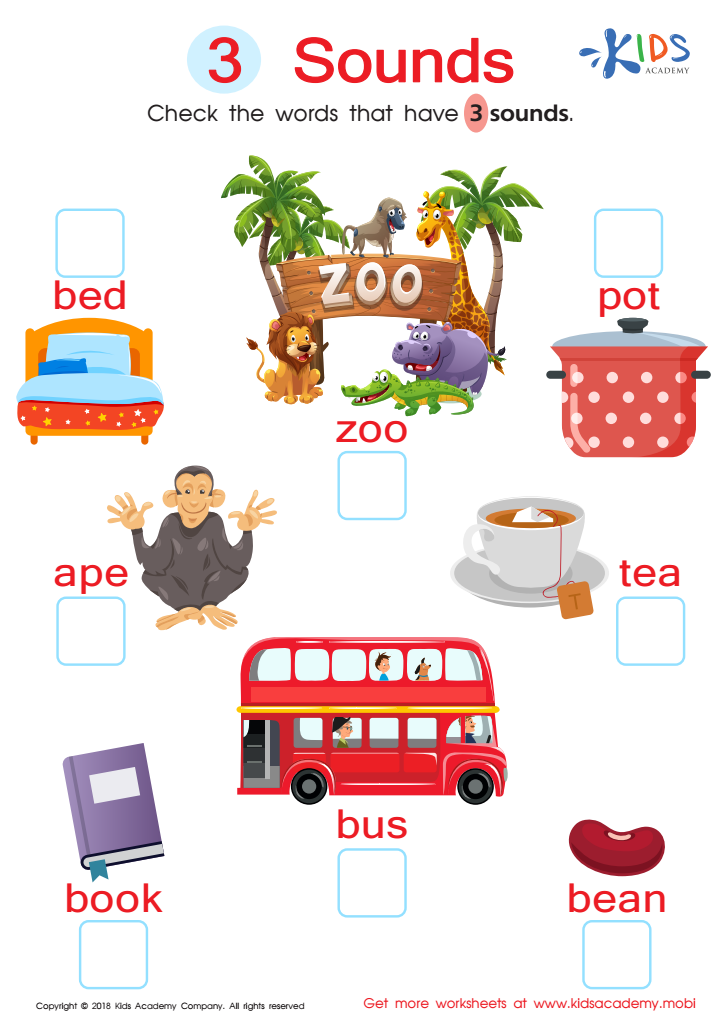

3 Sounds Worksheet
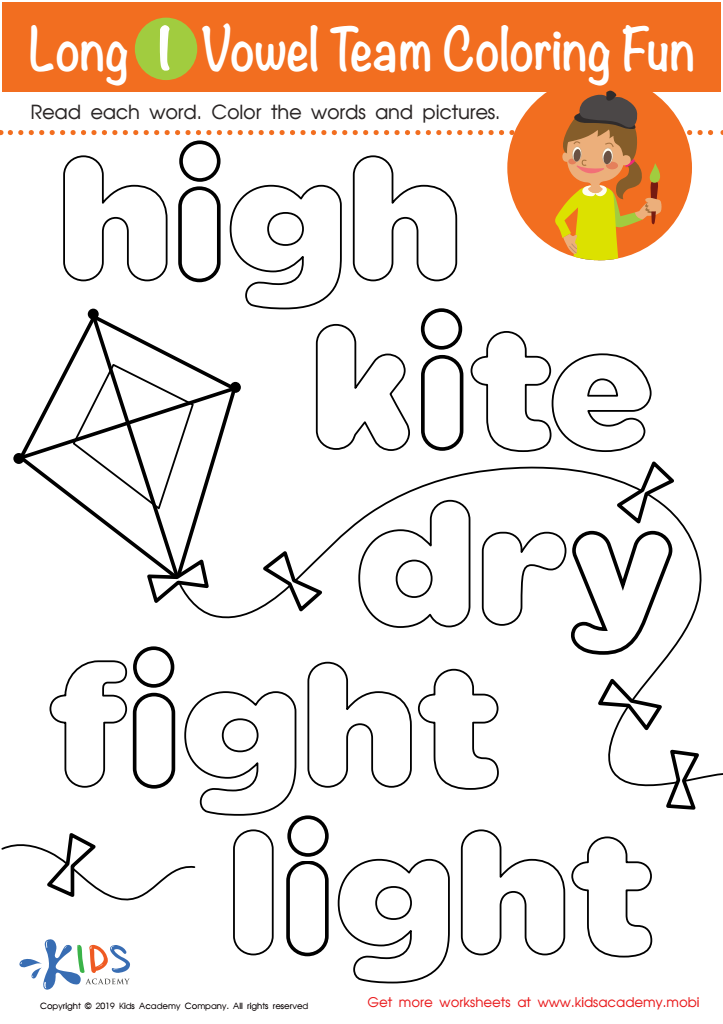

Long I Vowel Team Coloring Worksheet
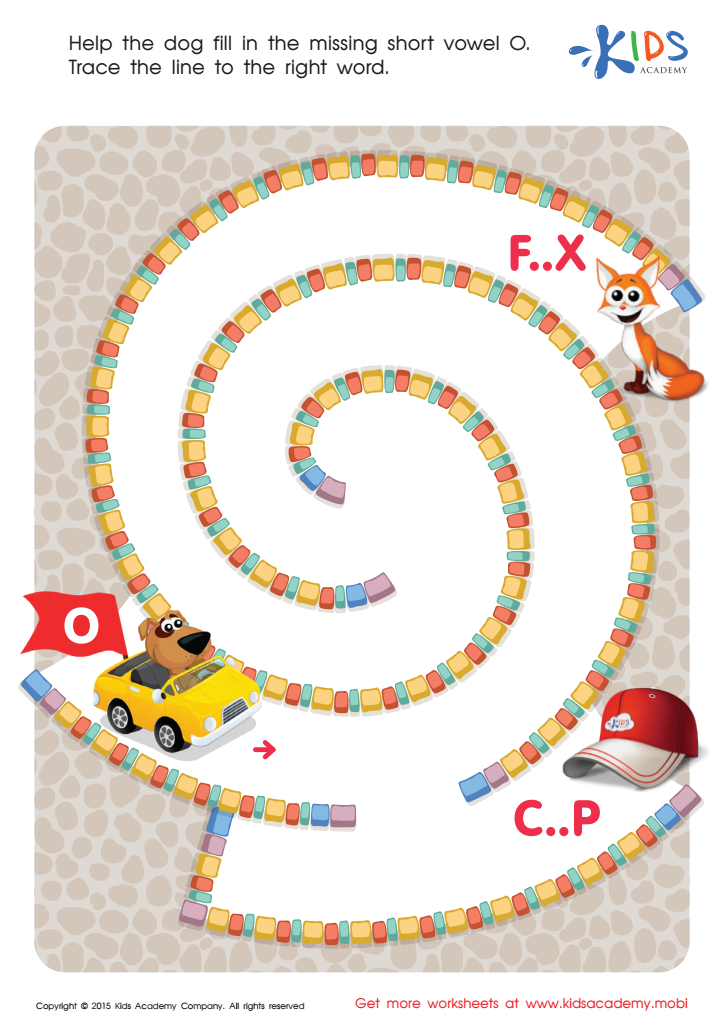

Short Vowel Sound O Worksheet
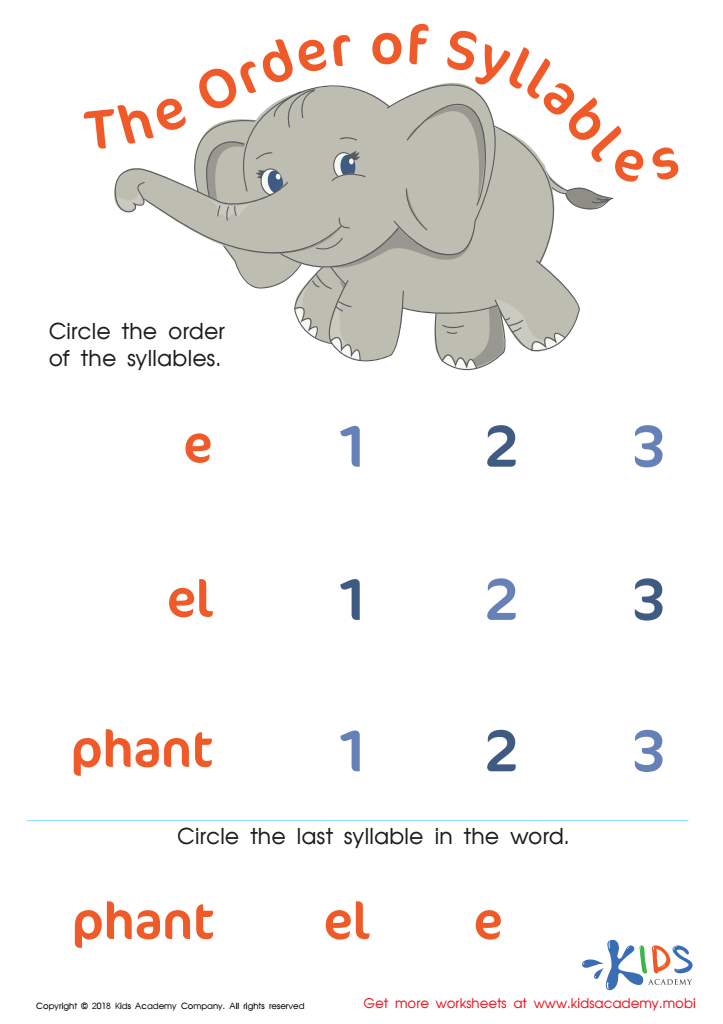

The Order of Syllables Worksheet
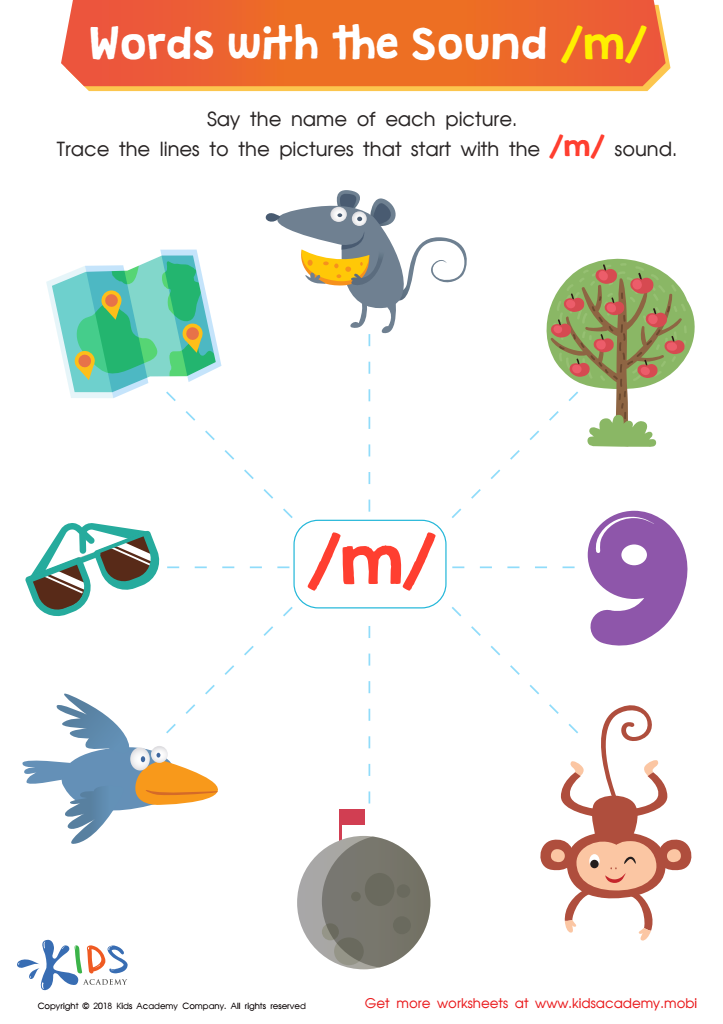

Words with Sound M Reading Worksheet
The Reading Improvement Alphabet for ages 5-6 is a valuable tool that should be of keen interest to parents and teachers. At this critical early learning stage, children are building the foundational skills essential for literacy. The Reading Improvement Alphabet introduces letters and sounds in an accessible and structured manner, facilitating a smoother transition from recognizing letters to understanding their phonetic implications and forming words.
By focusing on this alphabet, educators and parents can offer consistent, engaging, and effective literacy experiences. Children in this age group typically have vibrant imaginations and are eager to explore new things; a well-designed reading system harnesses this enthusiasm, making learning to read feel like an adventure rather than a chore.
Moreover, early literacy skills are closely linked to future academic success. Mastery of the Reading Improvement Alphabet can impart confidence in young readers, encouraging a positive attitude towards learning that extends beyond literacy. Early identification and support of any reading challenges through targeted tools can preempt more significant issues, ensuring that every child achieves their full potential.
In summary, prioritizing the Reading Improvement Alphabet fosters a love for reading, strengthens essential literacy skills, and sets children on a positive lifelong learning trajectory, motivating parents and teachers to incorporate this tool in early education plans.

 Assign to My Students
Assign to My Students














